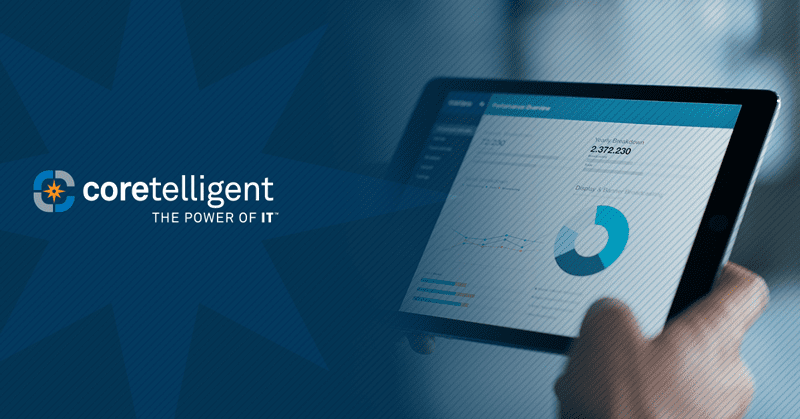Cybersecurity is complicated and can be overwhelming for many organizations. COVID-19 has only made things more complicated by forcing businesses into a remote work environment. With bring your own device (BYOD) becoming one facet of the new normal, endpoint security is necessary now more than ever. Each mobile device, laptop, and tablet that connects to your company’s network presents an opportunity for attackers to breach your systems and access data.
With so many devices remotely connecting to your organization’s network, how do you maintain security and compliance? Endpoint Protection Platforms (EPP) and Endpoint Detection and Response (EDR) platforms are tools that help your business gain total visibility of the network and control of endpoints.
Let’s compare endpoint security to the defense in gridiron football. EPPs act as your defensive line. Its goal is to stop known and some unknown threats from accessing your company’s network. EDR platforms act as your safeties. It has more visibility into your network, so it can identify and respond to incidents that bypassed your EPP.
What is an Endpoint Protection Platform (EPP)?
Endpoint security is critical to your organization’s overall security. An Endpoint Protection Platform’s goal, like your defensive line, is to detect and stop threats at the device level, so they don’t get through to your network. EPPs are preventative and can identify known and some unknown threats. EPPs typically include Next-Generation Antivirus (NGA), personal firewalls, anti-malware, data encryption, and intrusion prevention. So, if EPPs offer this much protection, why do you need an EDR?
What is Endpoint Detection and Response (EDR)?
EPPs have upped their game by adding capabilities to stay current with today’s dynamic work environment. Even with these improvements, they can still lack many of the features included with an Endpoint Detection and Response (EDR) platform. Suppose your defensive line fails to stop the offensive team. In that case, your safeties have the visibility to analyze the situation and respond. EDRs work in a similar way. EDRs are looking for incidents that occur across your network, and they can react automatically to prevent further damage. EDRs include features like anomaly detection, real-time log reporting, file integrity monitoring, forensic analysis, isolation, and remediation.
Better Together
Gaining a holistic view of your network is even more challenging with a decentralized work environment. EPPs provide the first line of defense, identifying and blocking many threats from gaining access to your network. EDRs have better visibility. They are ready to stop attacks that penetrated your EPP, preventing attackers from reaching their goal. EDRs can even remediate endpoints to a pre-infected state, rendering the attacker’s play as no good.
EPPs provide critical threat prevention at your endpoints. EDR platforms provide valuable incident response tools that offer context for security events. This quick response and insight can lessen the time between identifying a breach and responding to it. Together, EPP and EDR platforms make an excellent team for securing your endpoints.
Maximizing the Benefits
Although endpoint protection and endpoint response platforms can have advanced security features, you still need a knowledgeable IT security team to achieve the full benefits. EPPs and EDR platforms need someone to manage them, provide human analysis, and comprehensive response. Forensic analysis data is only useful if your company has the experts to interpret it. It’s not reasonable for many organizations to have in-house security analysts monitoring their systems around the clock. Consider adding an MSSP like Coretelligent to your team. Our in-house Security Operations Center (SOC) provides 24x7x365 intrusion detection and monitoring.
Is your organization looking to maximize the benefits of your endpoint protection and prevent attackers from scoring your data? Coretelligent has helped many organizations navigate the new normal that is remote work. Give us a call at 855-841-5888 or contact us to learn how we can partner with your in-house IT team or provide fully managed support and security solutions.
Read our case study to learn how we helped an investment banking firm stay productive remotely.
